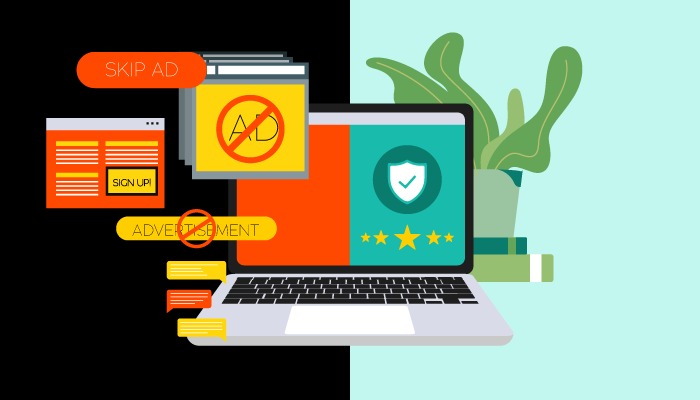Maximizing Customer Satisfaction through CX Design
We have all heard of ‘user experience design’ or ‘UX design’. But, are we acquainted with the term ‘customer experience design’? Well, to know what Customer Experience Design is, we must first understand what Customer Experience is. Simply put, Customer Experience refers to all the interactions that a customer has with a brand. Unlike a one-time interaction, there are several points of contact that a brand can make with the customer to give them the best experience.
Customer Experience (CX) Design, on the other hand, can be understood as the steps taken by design teams to create buttery and efficient exchanges between brands and customers. It involves taking a holistic approach to understanding and addressing customer needs, wants, and expectations across all touchpoints, including before, during, and after a purchase. This can include things like product design, customer service, marketing, and branding.
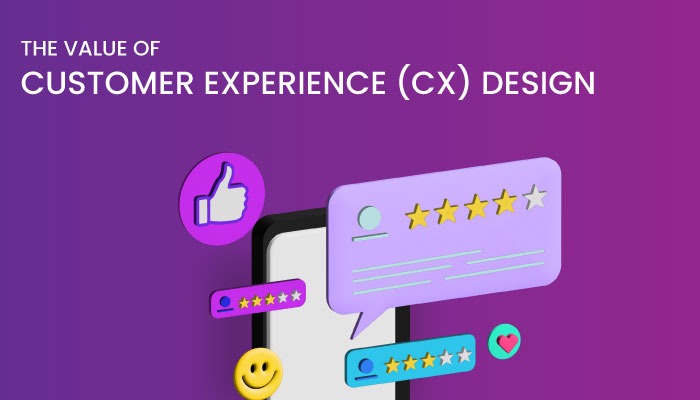
Customer Experience design teams use various methodologies such as customer research, usability testing, and design thinking to understand the customer’s journey and identify areas for improvement. This can lead to the development of new products, services, and experiences that are tailored to the customer’s needs and preferences. The goal is to create a strong emotional connection with the customer, which can lead to increased customer loyalty and advocacy.
Brand Examples of Customer Experience Design
Apple Inc. is a great example of successful Customer Experience design done well. As they know their customers are conscious of the environment and promote the reduction of e-waste generated, the company has stopped providing chargers with their phones, given that a lot of customers who are existing iPhone owners would have their chargers. Although it did stir up some controversy in the community, it was eventually supported by the company’s customer base.
They have also built an ecosystem for their products which works best when in cooperation with other Apple products. For instance, AirPods are compatible with other phones but work best with iPhones.
Additionally, Ikea, a company that sells ready-to-assemble furniture, kitchen appliances, and various other goods, gives a homely feel to customers with the design of its stores, Swedish food, and drinks, etc. It even offers home services to add finishing touches and maintain customer satisfaction. These are industry examples of top-notch CX designing.
Distinctions between User Experience and Customer Experience designs
User experience (UX) design and customer experience (CX) design are related but distinct disciplines. Both aim to create positive experiences for users or customers, but they have different scopes and goals. UX design is primarily focused on the design and functionality of a specific product or service, and how it can be optimized for the user’s needs.
The goal of User Experience design is to make the product or service easy to use and understand, and to make the user’s experience as efficient and satisfying as possible. This includes the design of interfaces, navigation, and overall usability. User Experience design typically deals with the interactions of the user with the product or service, it’s not just limited to digital products, but also physical products.
Customer Experience design, on the other hand, is focused on the overall experience of a customer with a brand, including pre-and post-purchase interactions. It encompasses all touchpoints, such as marketing, customer service, and product delivery, and how they all contribute to the customer’s perception of the brand. The goal of Customer Experience design is to create a positive and consistent experience for customers across all areas and to foster customer loyalty and satisfaction. It’s a more holistic approach that takes into account the customer journey, emotional state, and the impact of different touchpoints.
Tasks of a CX Designer
A Customer Experience designer’s job role includes:
- Conducting customer research to understand their needs, wants, and pain points.
- Identifying opportunities for improvement and designing solutions to meet customer needs.
- Creating customer journey maps and personas to understand the customer’s experience.
- Collaborating with cross-functional teams such as product, marketing, and engineering to design and implement solutions.
- Conducting usability testing to ensure that solutions meet customer needs and are free of usability issues.
- Continuously monitor and measure customer satisfaction to identify areas for improvement and make data-driven decisions.
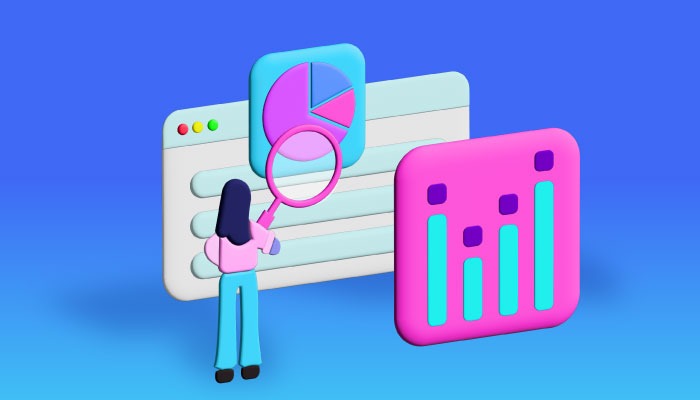
Where can I learn it?
Customer Experience designing can be learned through Udemy, LinkedIn Learning, and even Hubspot Academy. These platforms offer basic customer experience training for beginners. It helps to learn strategies, marketing as well as problem-solving under pressure.
Importance of Customer Experience Design
Customer experience (CX) design is important because it can have a significant impact on a company’s bottom line. A positive Customer Experience can lead to increased customer loyalty and advocacy, resulting in repeat business and positive word-of-mouth advertising. With the emergence of various social media platforms, it has become easier for consumers to share their reviews and overall experience with a business.
A negative Customer Experience, on the other hand, can lead to customer churn and negative reviews, which can harm a company’s reputation and revenue. CX design can also help companies differentiate themselves from their competitors. Every consumer is to be understood as different and would like to be treated as such. By providing a unique and personalized experience, companies can create a competitive advantage and attract new customers.
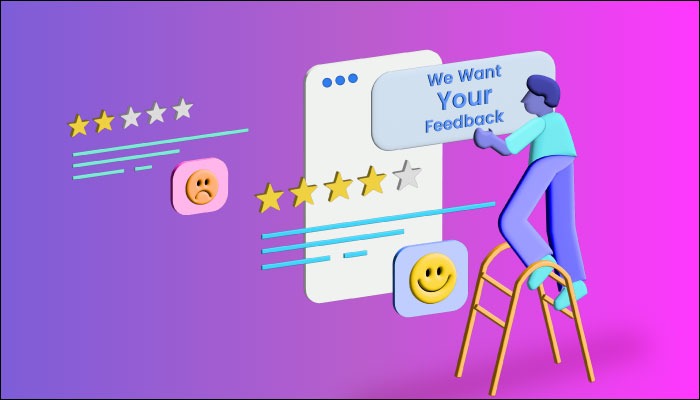
Additionally, CX design can lead to cost savings for a company. By understanding and addressing customer pain points, companies can reduce the need for customer service and support, and improve overall efficiency. It also reduces the amount of estimation and guesswork that brands have to put in regarding consumers’ needs, wants, and desires. Its emphasis on consumer satisfaction is absolutely crucial to increase sales and lower costs incurred by businesses.
Furthermore,
CX designs help manage crises. It helps create a reliable and trusting bond with customers. It allows customers to truly give their honest experience and bring up complaints. This allows crises to be managed effectively and efficiently. It can cause much more than business loss as having a bad reputation among consumers also affects investors’ trust and affect the ability of businesses to make good hires.
Finally, a Customer Experience design can also help companies stay ahead of market trends. By keeping an eye on customer needs and preferences, companies can identify new opportunities for growth and innovation. Overall, CX design is essential to any business strategy, as it can lead to increased revenue, customer loyalty, and competitive advantage.
Conclusion
Creating a positive customer experience is a crucial aspect for businesses to differentiate themselves from their competitors and foster brand loyalty. As consumer purchasing decisions are heavily influenced by emotional factors, companies that prioritize and invest in the overall experience of their customers are likely to see an increase in conversion rates, positive word-of-mouth marketing, and repeat business. It is thus imperative for organizations to make a concerted effort to make their customers feel valued and satisfied.
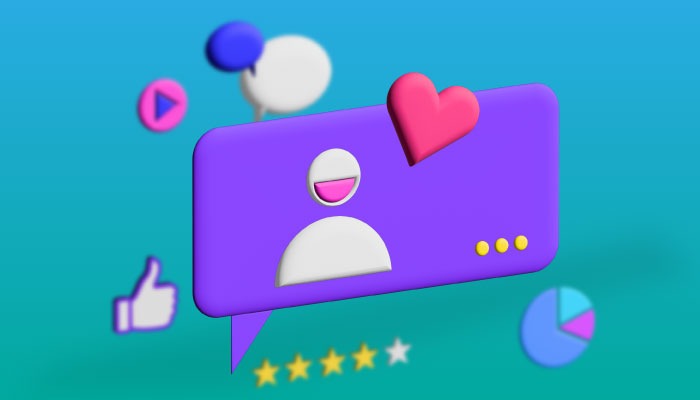
To sum up, Customer Experience design is essential to any business strategy. At f1studioz we love creating superior Customer Experiences and Designing world-class Enterprise Products. Good Customer Experience can lead to increased revenue, customer loyalty, and competitive advantage.
By understanding and addressing customer needs, wants, and expectations, companies can create positive and memorable experiences that can have a significant impact on their long-term goals. It is a continuous process that requires ongoing research, testing, and iteration to ensure that the final product meets the target audience’s needs and is free of usability issues.
“You’ve got to start with the customer experience and work back toward the technology, not the other way around.”
Steve Jobs


